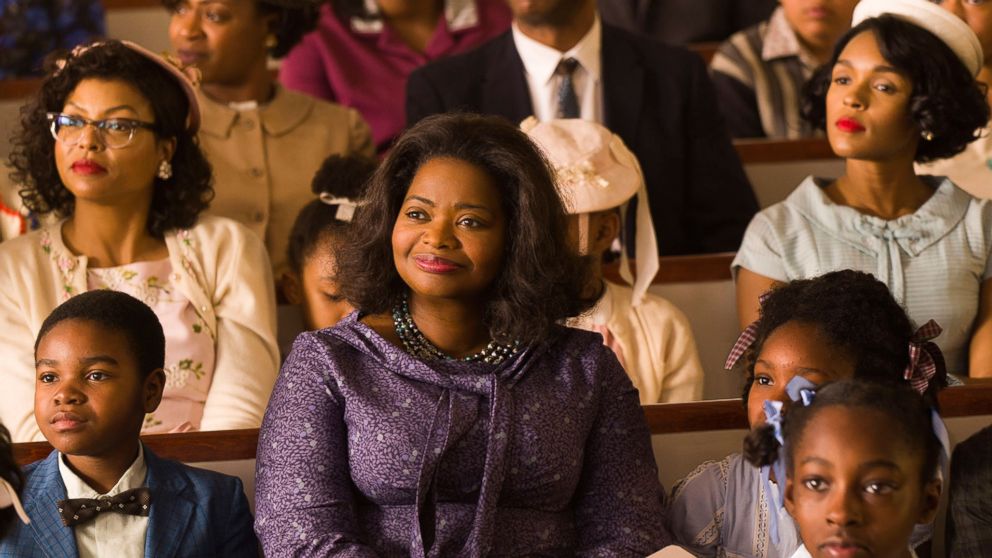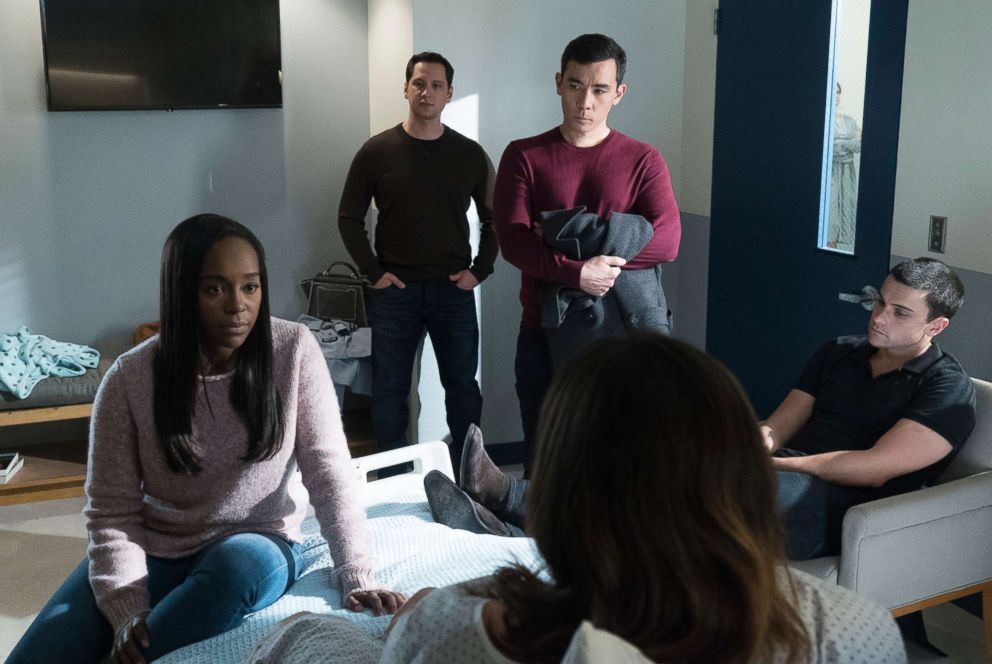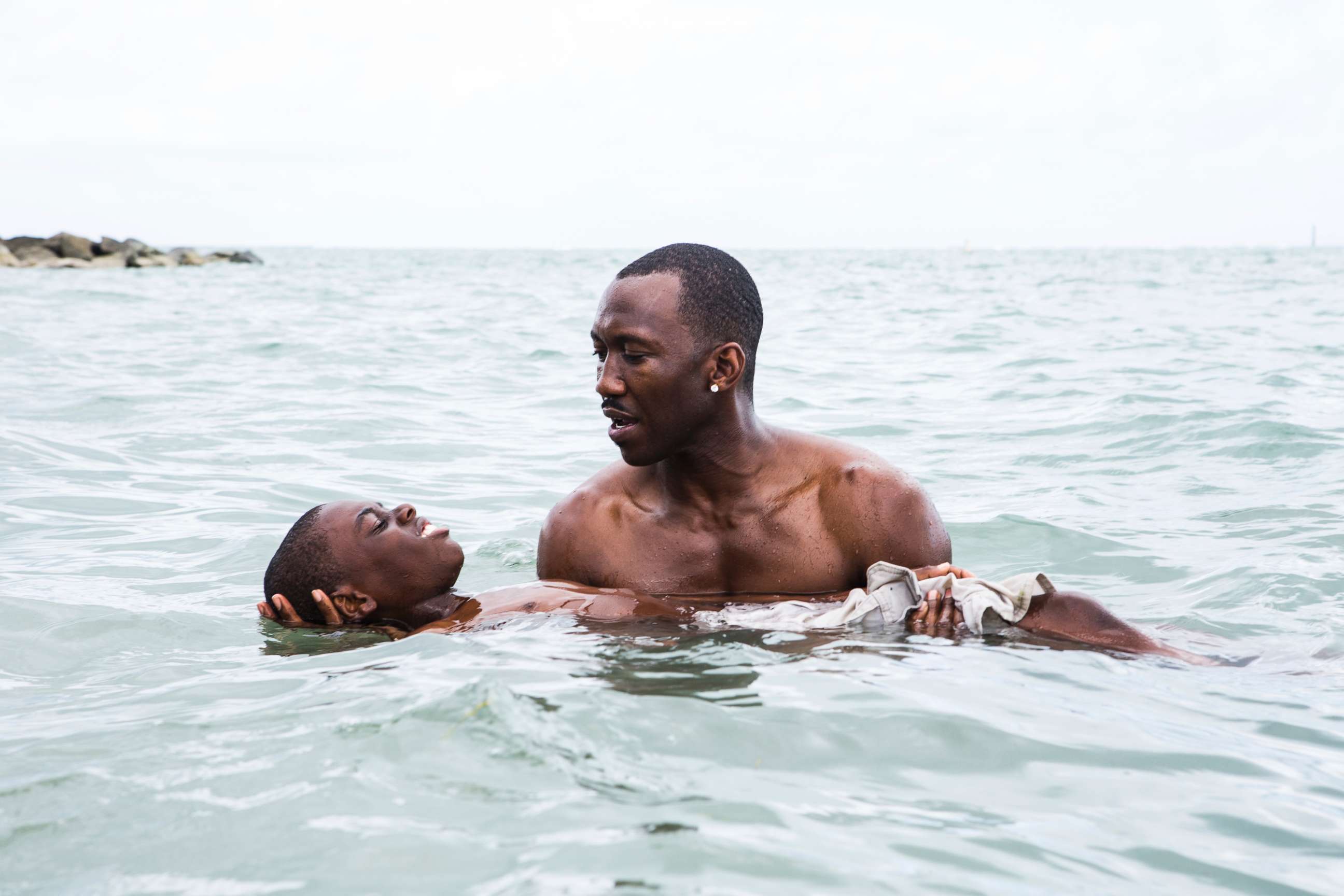Despite 'Black Panther' success, diversity in Hollywood still falls short in film and TV
Study's authors say diversity sells but industry is leaving money on the table.
— -- A new report on diversity in Hollywood shows what the blockbuster hit "Black Panther" has already proven at the box office -- diversity sells.
The report from the University of California at Los Angeles (UCLA), which was released Tuesday, shows that films in 2016 with casts between 21-30 percent minority had the highest median global box office and return on investment.
On television, broadcast scripted shows featuring casts that were at least 21 percent minority posted the highest ratings among all viewers, ages 18 to 49, in Asian, black, and Latino households.
In white households, ratings were highest for broadcast scripted shows with casts greater than 40 percent minority.
"Diversity sells," Ana-Christina Ramon, one of the co-writers of the report, told ABC News. "Diversity is selling because the audience is diverse."
The audience is also exposed to more diversity in their daily lives, so that, "regardless of race, people want to see something that is reflective of their everyday lives," Ramon added.

Yet, despite diversity being a high selling point, the study shows that minorities in film and television remained sorely underrepresented in front of and behind the camera, making only slight progress in 2016.
Considering that minorities made up nearly 40 percent of the U.S. population in 2016, only 13.9 percent of the year's film leads were people of color. On television, minorities accounted for 18.7 percent of scripted broadcast leads, 20.2 percent of scripted cable leads and 12.9 percent of scripted digital leads.

The study also looked at women employed in the entertainment industry. Relative to their male counterparts, women gained in every area, except four -- film directors, broadcast scripted show leads, cable scripted show creators and broadcast scripted show creators.
UCLA's Hollywood diversity report is the fifth in a series of annual reports examining the relationships between diversity and the entertainment industry's bottom line. It looked at the top 200 theatrical releases in 2016 as well as 1,251 broadcast, cable and digital platform shows from the 2015-16 season.

The year brought films such as "Moonlight," "Hidden Figures" and "Fences" featuring leads of color. The study shows that after two years of #OscarsSoWhite, minority-directed films and those with minority leads gained ground at the Oscars. In contrast, films with women leads lost ground at the Academy Awards in 2016, where films directed by women failed for the second year in a row to win a single Oscar.
On the small screen, diverse shows like "Empire," "Scandal" and "How to Get Away With Murder" were rated highest across multiple demographics in 2016. Yet only 7.1 percent of creators of broadcast scripted shows were by people of color.
"Right now you can’t just say we’ve resolved everything by having a handful of examples," Ramon said. "The studios and networks need to keep working in front of and behind the camera to create an inclusive environment in order to come out with movies and TV shows that are authentic and more appealing. Right now, they are still leaving money on the table."




